Charles Plott, of Cal Tech, co-authored a nifty study several years ago in which he installed a betting market inside of Hewlett Packard to do internal forecasting. The nifty part was that the forecasts produced by the betting market were generally more accurate than the official forecasts that HP’s official forecasters were producing.
The likely reason is not that the official forecasters were stupid or incompetent, but that they were under considerable pressure by corporate higher-ups to spin the forecasts in a favorable way. In contrast, the participants in the internal betting market remained anonymous, and received higher payoffs, the more accurate their forecasts turned out to have been.
The result was not surprising, once you think it through. But what I did find surprising was that HP didn’t keep the betting market going, after the Plott study was finished. (From a long-run perspective, top management should benefit more from accurate forecasts, than from consistently optimistic forecasts.)
In any case, the excerpt from the commentary below indicates that some other companies have gotten the point:
(p. C1) Over the last few years, Intrade — with headquarters in Dublin, where the gambling laws are loose — has become the biggest success story among a new crop of prediction markets. The world’s largest steel maker, Arcelor Mittal, now runs an internal market allowing its executives to predict the price of steel. Best Buy (p. C6) has started a market for employees to guess which DVDs and video game consoles, among other products, will be popular. Google and Eli Lilly have similar markets. The idea is to let a company’s decision-makers benefit from the collective, if often hidden, knowledge of their employees.
But there’s a broader point here, too. For a couple of centuries now, long before Intrade or even the Internet existed, financial markets have been making it easier to bet on what the future will bring.
In the mid-1800s, contracts tied to the future price of wheat, pigs and other commodities began to change hands. In 1972, the Chicago Mercantile Exchange introduced futures for foreign exchange rates. Treasury bonds tied to the future rate of inflation came along in the 1990s, and last year, the Merc began selling contracts based on the direction of house prices in 10 big metropolitan areas.
In every case, the market price reflects the sum of the traders’ knowledge — about the extent of the housing bubble in Los Angeles, for instance, or the likely size of next year’s wheat crop. . . .
N. Gregory Mankiw, a former adviser to President Bush, who has written about Intrade on his blog, explains it this way: ”Everybody has information from their own little corner of the universe, and they’d like to know the information from every other corner of the universe. What these markets do is provide a vehicle that reflects all that information.”
For the full commentary, see:
DAVID LEONHARDT. "ECONOMIX; Odds Are, They’ll Know ’08 Winner." The New York Times (Weds., February 14, 2007): C1 & C8.
(Note: ellipsis added.)
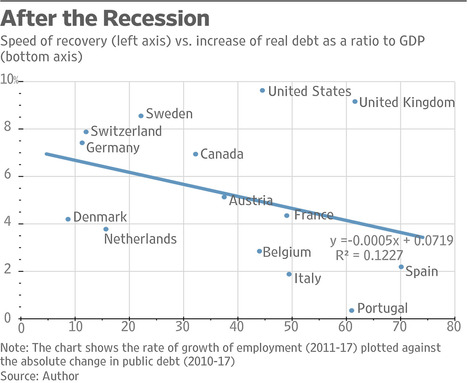 Source of graph: online version of the WSJ article quoted and cited below.
Source of graph: online version of the WSJ article quoted and cited below.

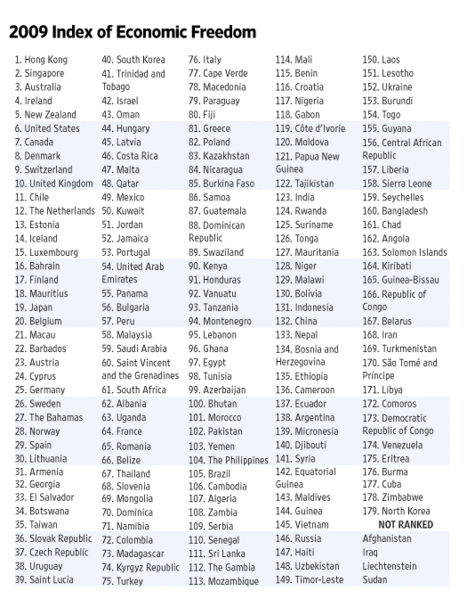
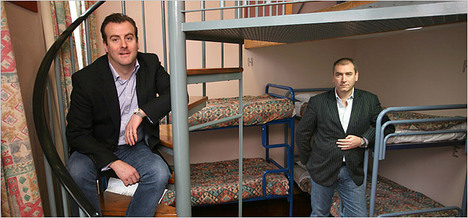
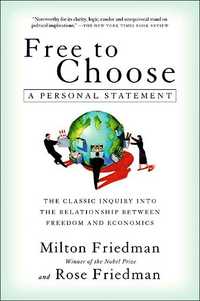
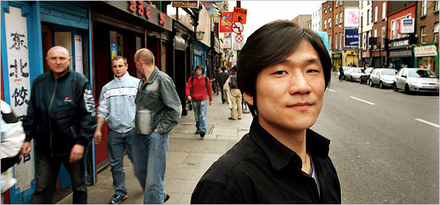
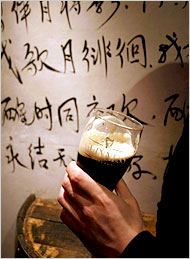 "his customers, in an unspoken gesture of good will, drink each other’s national beers." Source of caption, and photo:
"his customers, in an unspoken gesture of good will, drink each other’s national beers." Source of caption, and photo: